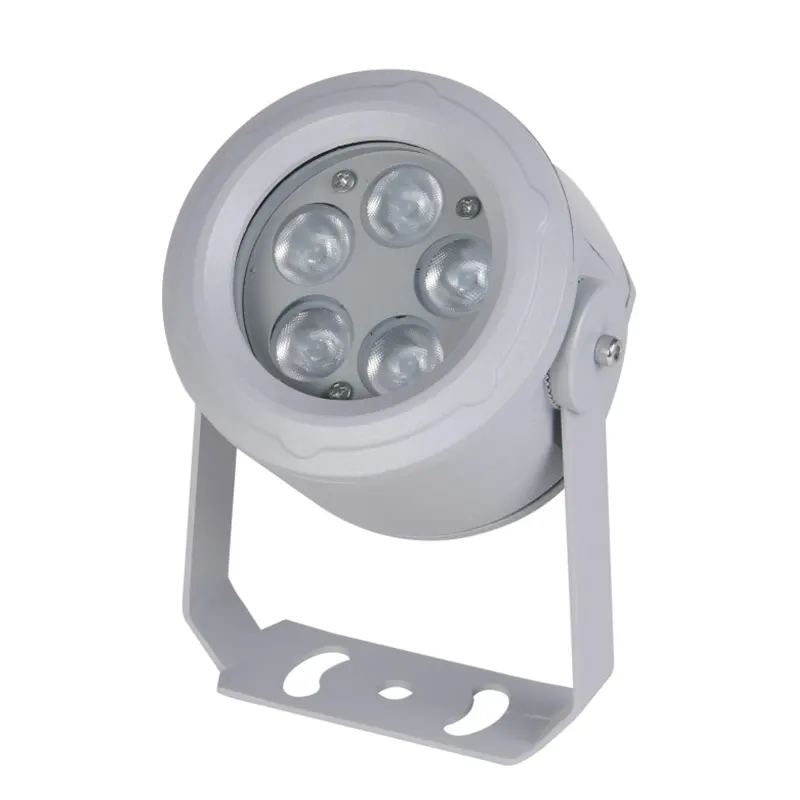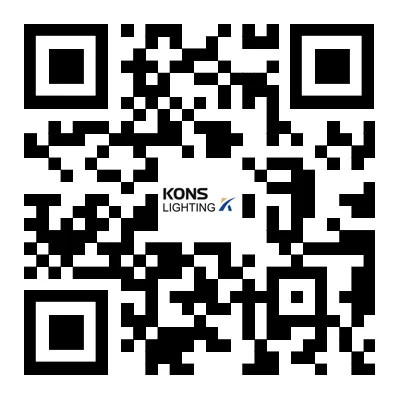- English
- Español
- Português
- русский
- Français
- 日本語
- Deutsch
- tiếng Việt
- Italiano
- Nederlands
- ภาษาไทย
- Polski
- 한국어
- Svenska
- magyar
- Malay
- বাংলা ভাষার
- Dansk
- Suomi
- हिन्दी
- Pilipino
- Türkçe
- Gaeilge
- العربية
- Indonesia
- Norsk
- تمل
- český
- ελληνικά
- український
- Javanese
- فارسی
- தமிழ்
- తెలుగు
- नेपाली
- Burmese
- български
- ລາວ
- Latine
- Қазақша
- Euskal
- Azərbaycan
- Slovenský jazyk
- Македонски
- Lietuvos
- Eesti Keel
- Română
- Slovenski
- मराठी
- Srpski језик
How to Choose the Best LED Outdoor Light for Your Space?
Outdoor lighting plays a critical role in creating safe, functional, and visually appealing environments. Whether you are illuminating your backyard, commercial façade, parking lot, or landscape, LED outdoor lights have become the go-to solution for homeowners and businesses alike. With energy efficiency, durability, and superior brightness, LEDs outperform traditional halogen and incandescent options in nearly every aspect.
What Makes LED Outdoor Lights the Ideal Choice
Energy Efficiency and Cost Savings
LED outdoor lights consume significantly less electricity than traditional lighting technologies. On average, LEDs use up to 80% less energy compared to halogen or incandescent bulbs while delivering the same — or even higher — levels of brightness. For property owners managing multiple fixtures, this translates into substantial long-term savings on utility bills.
Long Lifespan and Low Maintenance
One of the biggest advantages of LED outdoor lights is their extended lifespan. High-quality LEDs can last up to 50,000 hours, which means fewer replacements, reduced maintenance costs, and consistent performance over years of use. Unlike fluorescent or halogen lights, LEDs are less prone to flickering or sudden burnout.
Superior Brightness and Color Rendering
LEDs provide excellent lumen output and high Color Rendering Index (CRI), ensuring that colors appear natural and vibrant under illumination. This makes them ideal for both residential and commercial applications, from garden lighting to architectural highlighting.
Environmentally Friendly Technology
With zero toxic materials, lower carbon emissions, and fully recyclable components, LEDs are a sustainable solution that aligns with global energy efficiency goals.
Key Factors to Consider When Choosing LED Outdoor Lights
Selecting the right LED outdoor light requires more than simply picking the brightest option. Here are the most critical specifications and parameters to evaluate:
| Parameter | Description | Recommended Range |
|---|---|---|
| Luminous Flux (Lumens) | Determines brightness output | 1,000 – 20,000 lumens |
| Color Temperature (CCT) | Measured in Kelvin, affects ambiance | 2700K (warm) – 6500K (cool) |
| Wattage | Power consumption per fixture | 10W – 200W |
| Beam Angle | Spread of light coverage | 30° – 120° |
| Ingress Protection (IP) | Resistance to dust and water | IP65 or higher for outdoors |
| Color Rendering Index (CRI) | Accuracy of color appearance | CRI ≥ 80 |
| Voltage | Compatibility with power supply | AC 100-277V |
| Material & Finish | Housing durability and corrosion resistance | Die-cast aluminum + powder coat |
| Working Temperature | Operational range for extreme climates | -40°C to +50°C |
| Lifespan | Expected operating hours | ≥ 50,000 hours |
Understanding Color Temperature
Choosing the right CCT can dramatically influence the mood and functionality of a space:
-
2700K – 3000K (Warm White): Ideal for patios, decks, and residential gardens, creating a cozy atmosphere.
-
4000K – 5000K (Neutral White): Perfect for driveways, pathways, and security lighting, balancing warmth with visibility.
-
6000K – 6500K (Cool White): Best suited for commercial, industrial, and security-focused applications.
The Importance of IP Rating
Outdoor lights are constantly exposed to rain, dust, and other environmental elements. Always choose fixtures with a minimum IP65 rating to ensure reliable performance in all weather conditions.
Energy-Saving Controls
For maximum efficiency, integrate motion sensors, dusk-to-dawn photocells, or smart controls that adjust brightness automatically based on environmental conditions.
Popular Types of LED Outdoor Lights
When selecting LED outdoor lights, it’s essential to understand the most common product types and their ideal applications:
LED Floodlights
Designed for large-area illumination, LED floodlights are perfect for parking lots, stadiums, warehouses, and security zones. Their wide beam angle provides uniform brightness without glare.
LED Wall Packs
Wall-mounted fixtures ideal for perimeter security, entrances, and pathways. Choose full-cutoff wall packs for minimized light pollution or traditional styles for aesthetic appeal.
LED Street Lights
Engineered for highways, residential roads, and municipal infrastructure, these lights feature high lumen efficiency and optimized optics to improve visibility and safety.
LED Landscape Lights
Smaller, decorative lights designed to highlight architectural features, trees, gardens, and walkways. They often come with adjustable heads and customizable beam angles.
LED Bollard Lights
Short, ground-level fixtures used for pathway lighting and landscaping. Bollards combine functionality with aesthetic design, guiding visitors while enhancing property appeal.
FAQs About LED Outdoor Lights
Q1: How long do LED outdoor lights last?
A: High-quality LED outdoor lights typically last between 30,000 and 50,000 hours, depending on operating conditions and fixture quality. This can translate to 10-15 years of use under normal residential settings.
Q2: Are LED outdoor lights suitable for extreme weather?
A: Yes. Most modern LEDs feature IP65/IP66 waterproof ratings and are built from die-cast aluminum with anti-corrosion coatings. They operate efficiently in temperatures ranging from -40°C to +50°C, making them ideal for both hot and cold climates.
Kons Lighting — Your Trusted LED Outdoor Light Partner
Choosing the right LED outdoor light provider can make all the difference between standard illumination and exceptional performance. Kons Lighting is a professional manufacturer committed to delivering high-performance, energy-efficient, and durable lighting solutions tailored to both residential and commercial needs.
Why Choose Kons Lighting
-
Premium Quality: Every product is engineered with die-cast aluminum housings, advanced heat dissipation systems, and high-lumen LED chips.
-
Customization Options: From color temperature to beam angles and mounting types, Kons Lighting offers tailored solutions to meet unique project requirements.
-
Global Standards Compliance: All products adhere to UL, CE, RoHS, and DLC certifications.
-
Expert Support: With over 15 years of experience, Kons Lighting provides technical consultations, design assistance, and after-sales service.
Contact Us
Ready to upgrade your outdoor spaces with reliable and efficient LED outdoor lights? Contact Kons Lighting today for expert guidance and competitive pricing.




